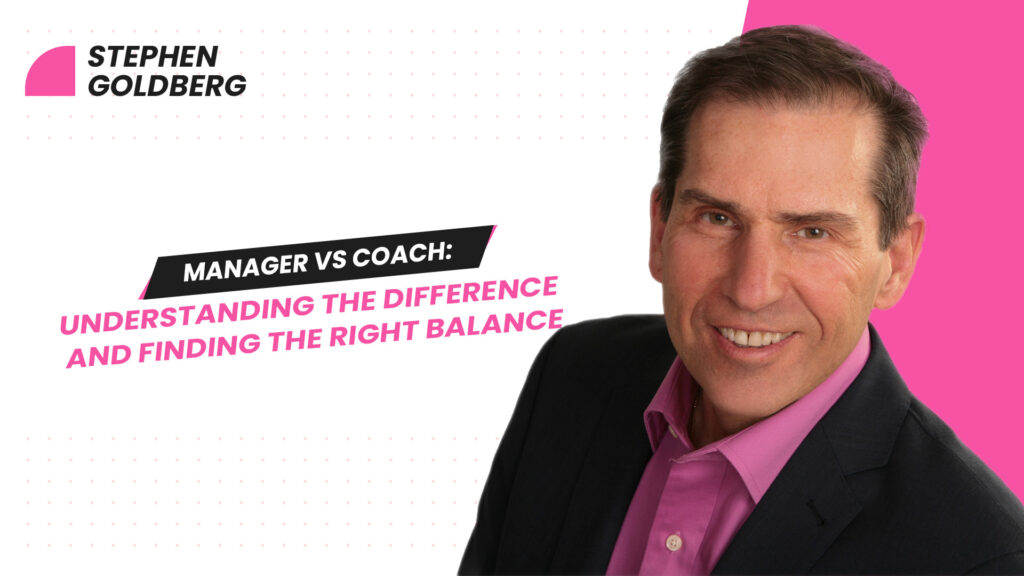
In the workplace, the roles of a manager and a coach are distinct yet intertwined. Understanding the difference between the two and striking a balance between them is crucial for effective leadership. Let’s explore the contrasting aspects of being a manager and a coach and how finding the right equilibrium can lead to enhanced employee performance and development.
Managers wear multiple hats, focusing on planning, organizing, communicating, measuring, and goal setting. They are responsible for maintaining control, supervising, and ensuring that things run smoothly to achieve productivity and meet targets. Managers play a vital role in steering the department’s direction and driving performance.
In contrast, coaches prioritize the development of team members. They provide training, offer feedback, praise accomplishments, and recognize strengths and challenges. Coaches empower individuals by involving them in goal setting and encouraging them to define and achieve their own objectives. The coaching approach fosters personal growth, self-confidence, and teamwork.
The key lies in finding a harmonious balance between managerial and coaching responsibilities. While managers primarily focus on control and productivity, it’s equally essential to dedicate time to coaching and employee development. This can be achieved through one-on-one coaching sessions, group training, and fostering a culture of continuous learning.
Coaching nurtures talent, maximizes potential, and improves teamwork within the organization. By investing time in coaching, managers can help individuals overcome challenges, enhance their skills, adapt to technological advancements, and develop a growth mindset. A well-balanced approach ensures that employees meet performance goals and thrive in their personal and professional growth.
Managers and coaches play distinct but complementary roles in the workplace. While managers focus on control and productivity, coaches emphasize the development and empowerment of individuals. Striking a balance between these roles is essential for effective leadership. By investing in coaching and employee development, organizations can create a positive and growth-oriented work environment that fosters success for both the employees and the company as a whole.